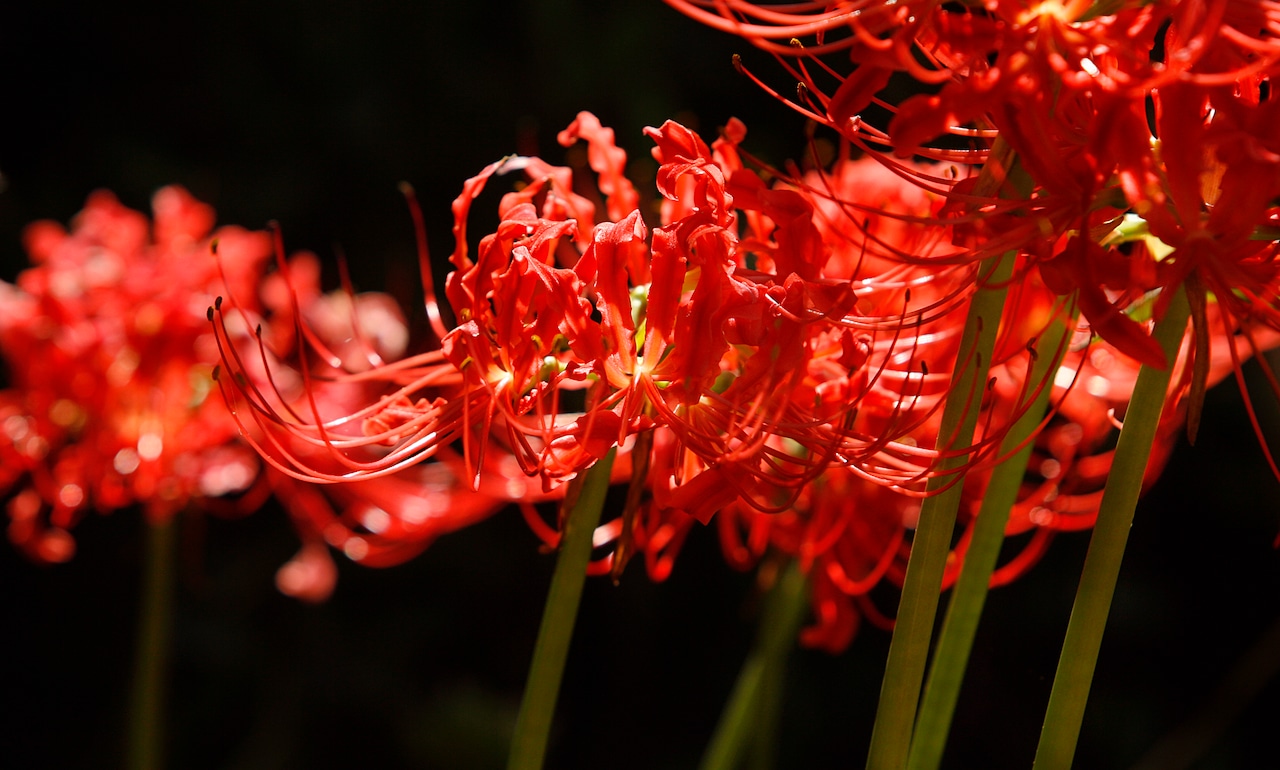Warblers and other Neotropical migrant birds are beginning to migrate south in the middle of August. Insect-eating or insect-searching American redstarts have arrived in the front yard, and more species will soon follow.
Ruby-throated hummingbirds are always active at the feeders and flowers right now. Since they are also already moving south, this is the time when you are most likely to observe them.
When they reproduce, several Western species take the wrong route south and wind up near here, so now is also the time to thoroughly examine every one you encounter. And now, I’ll reiterate what I say every year: Contact me or another birder if you see a rufous or orangey hummingbird. It’s possible that you’re looking at a West Coast breed.
There are many insects, including wasps and bees, but the majority don’t disturb you. However, if you sit in a hot, sunny place, the little sweat bees can make you crazy by flying all over your face and body.
The majority of people have an idea of what bees look like. They have somewhat round bodies and are hairy. In contrast, wasps have a narrow waist, are slimmer, and have less hair. Both are capable of stinging, yet wasps may sting more than once, while bees only sting once.
Walter Ward recently emailed me a picture of a blue-winged wasp (Scolia dubia) that caught my attention. Near a patch of coneflowers (Echinacea) in his yard, he has a swarm of these helpful wasps, sometimes known as digger wasps.
The presence of blue-winged wasps is a near-certain indicator of the presence of Japanese beetles. After stinging and paralyzing Japanese beetle grubs, female blue-wingeds search the ground for them and place their eggs there. And those bugs are eliminated when the eggs hatch because they eat the grubs.
Plants of many kinds, including invasive purple loosestrife and ragweeds, are at their height during this period of August. And right now, Lycoris lilies are blossoming in one of my gardens. Because their early spring leaves die back before the flowers suddenly develop around this time, these lilies are also known as Surprise or Resurrection lilies.
I always think of Olivia, a nurse who helped me with a recent unforeseen medical issue, when I see these pink lily blossoms. And to her, I dedicate this piece.
The Hawk Migration Association of North America website now receives daily numbers from hawk monitor sites and, if you would like, puts out an email newsletter. I’m constantly in awe when locations like New York’s Braddock Bay report that more than fifty red-tailed hawks have already begun to migrate, even though we haven’t seen many nearby yet. However, because the early Southern breeding balds are already in motion, bald eagles will be flying past almost every location reporting early migrants.
Additionally, swallow-tailed kites are heading south at this time. Additionally, despite being a southern species that shouldn’t exist here, a few of them have been spotted in the Northeast lately. They can’t be mistaken. With its black wings and split tail, this raptor, which is primarily white, is easily recognized.
more lehigh valley outdoors news
-
Want to plant a tree that will thrive in your yard? Penn State Extension event aims to help.
-
West Nile virus 2025: First human case reported in Lehigh Valley region
-
She chases monster fish in the Delaware River. Meet the Flathead Queen .
-
Rain washed out popular Slate Belt hiking trail 2 years ago. Repairs finally planned.
-
Iconic Lehigh Valley winery very proud as it gets set to celebrate 40 years in business
Your support is essential to our journalism. Please sign up for a subscription to lehighvalleylive.com now.






